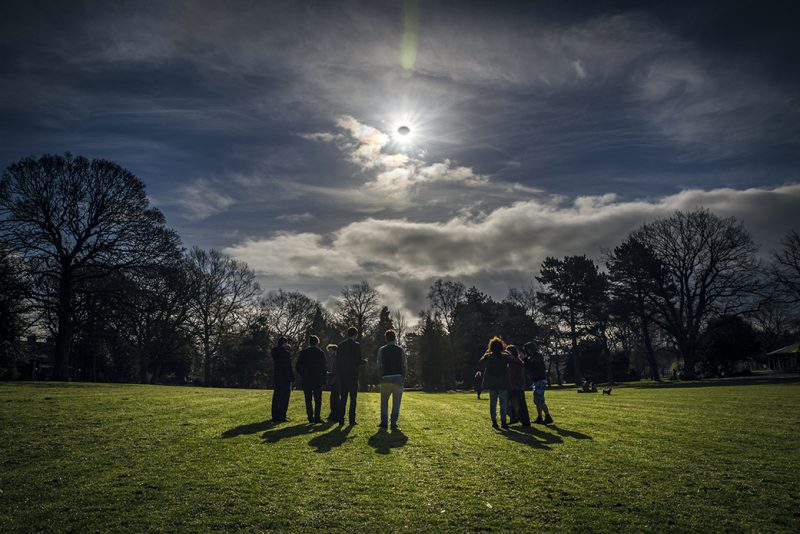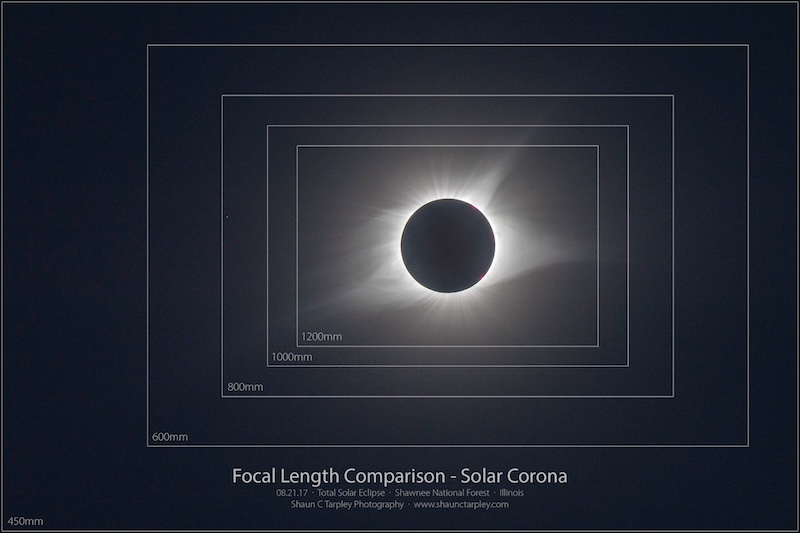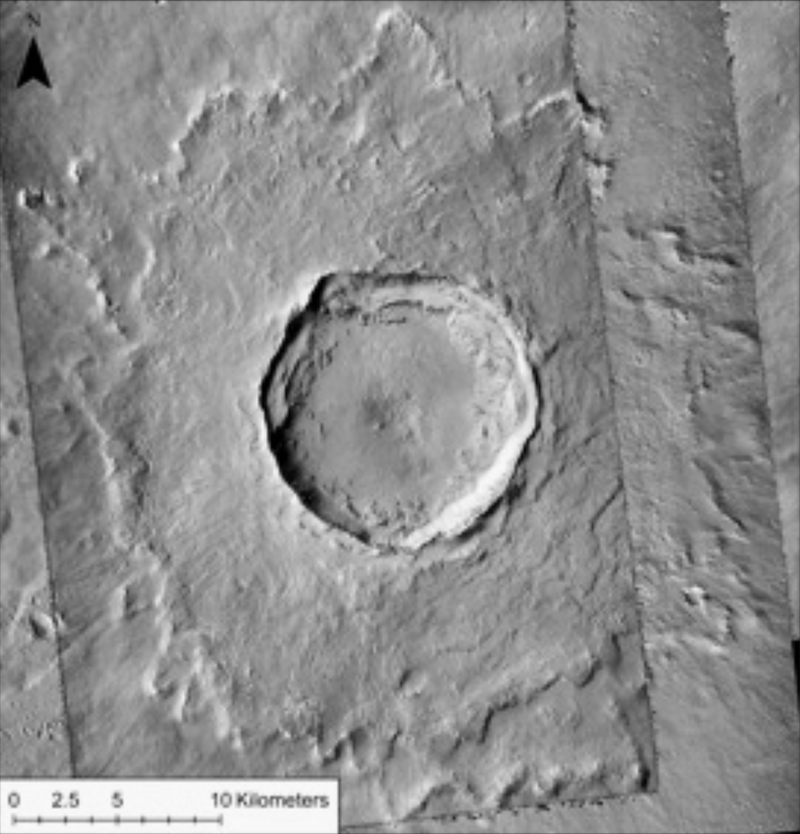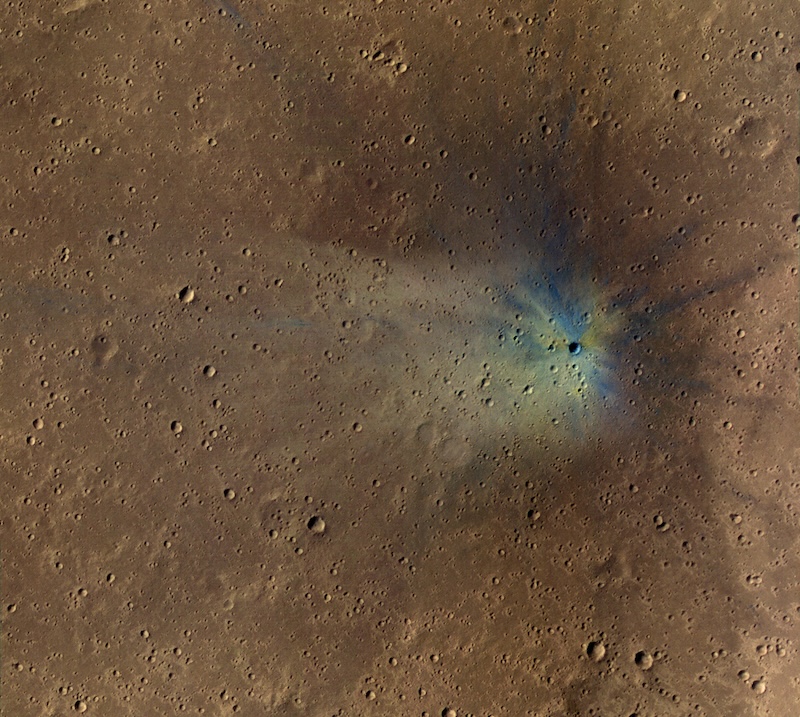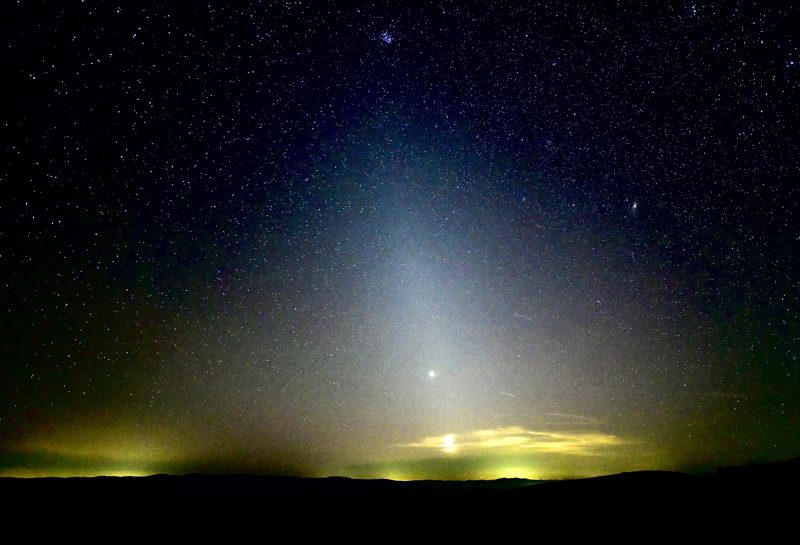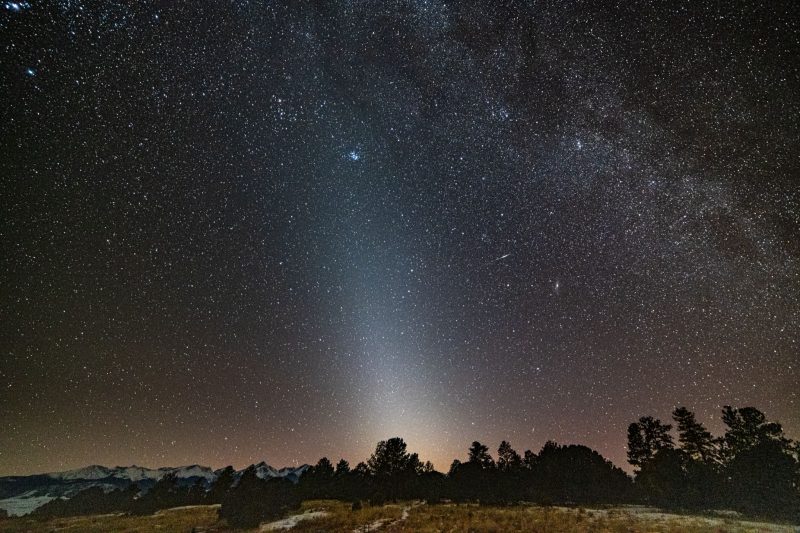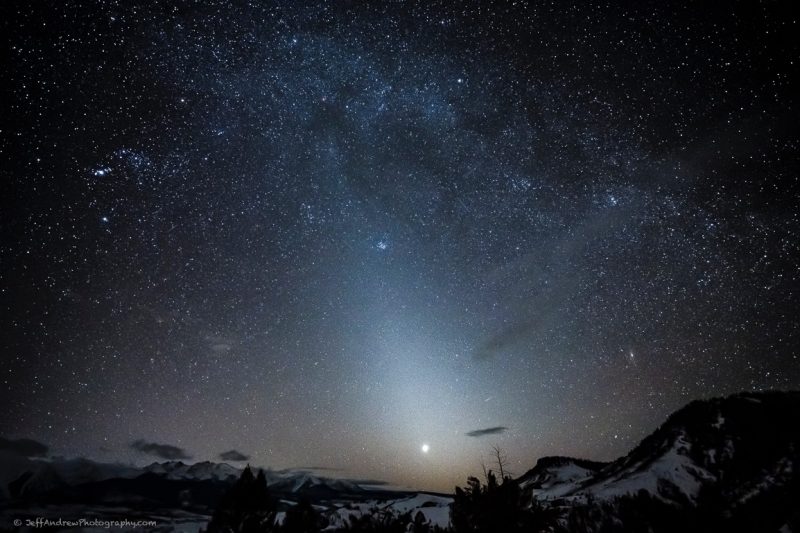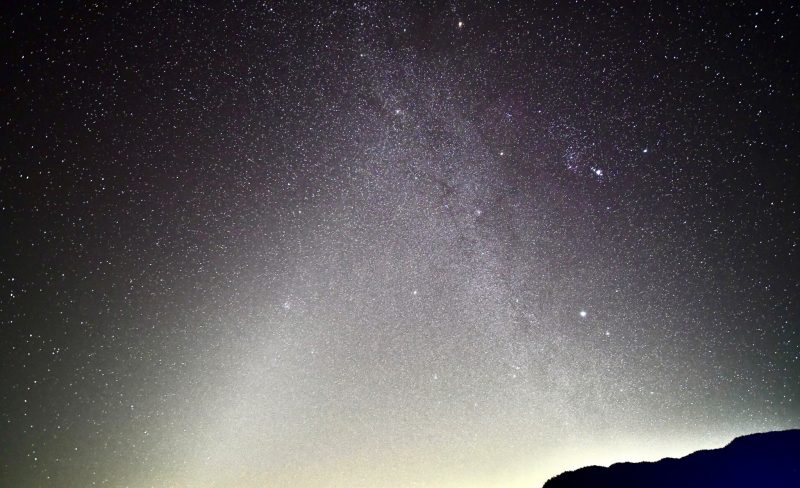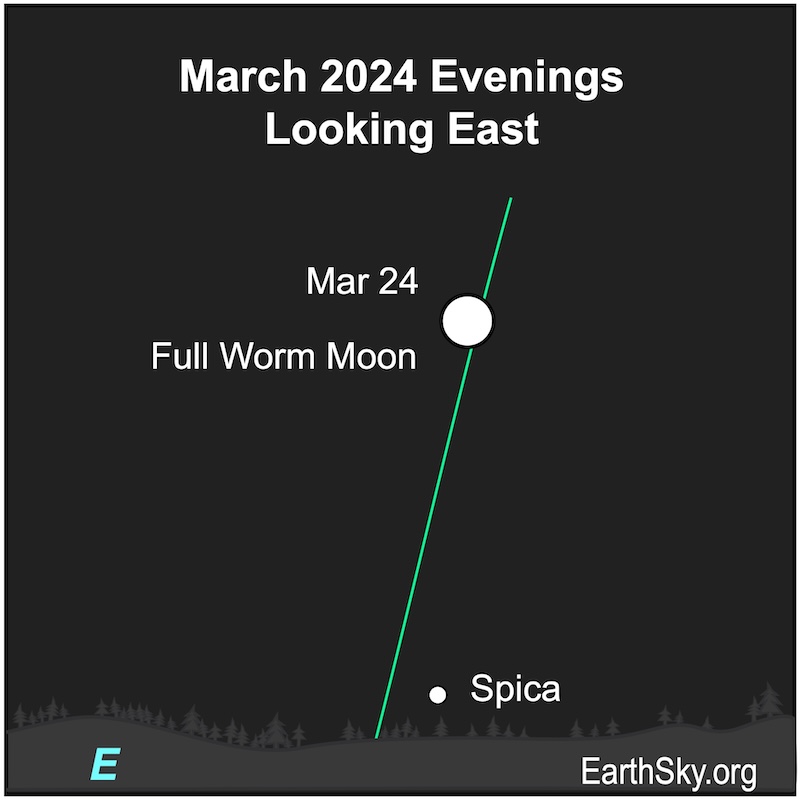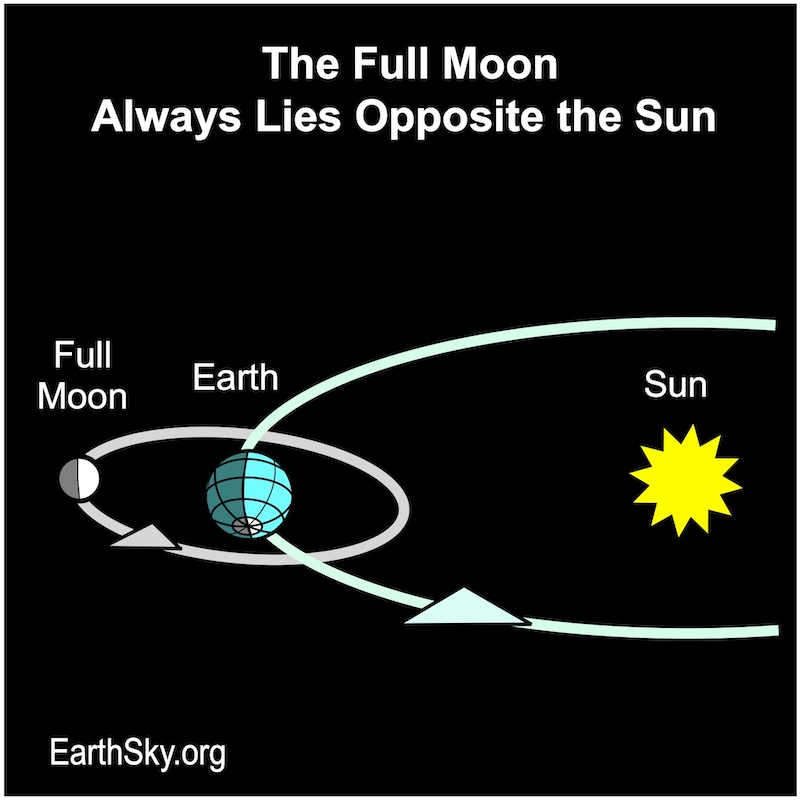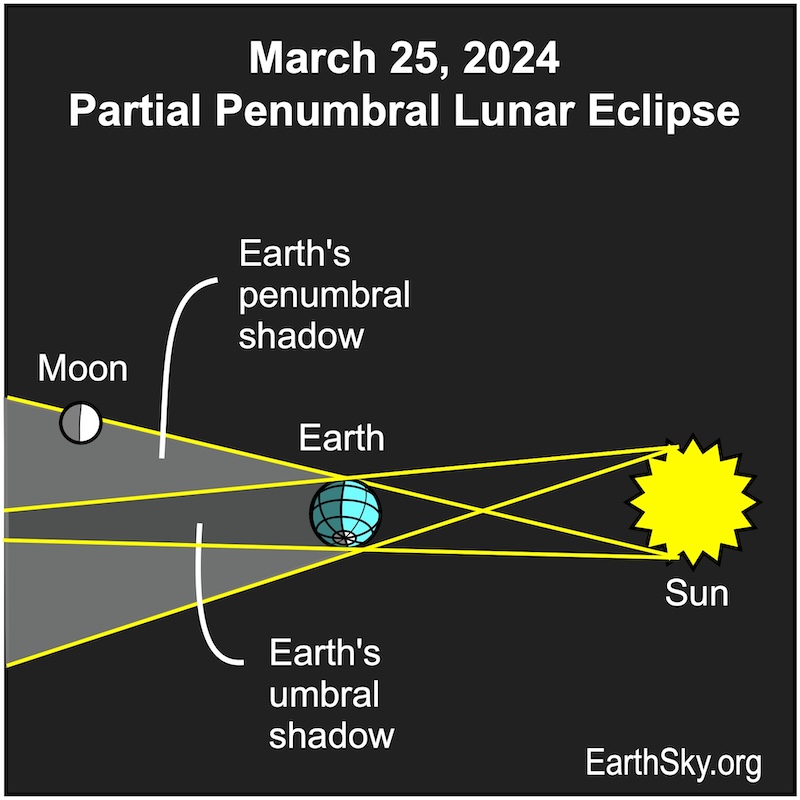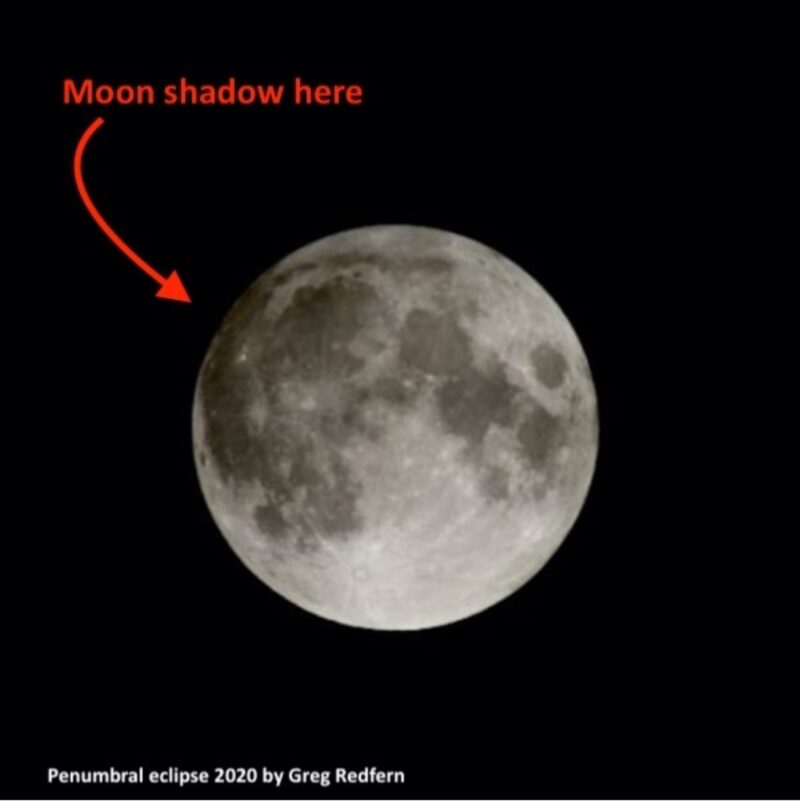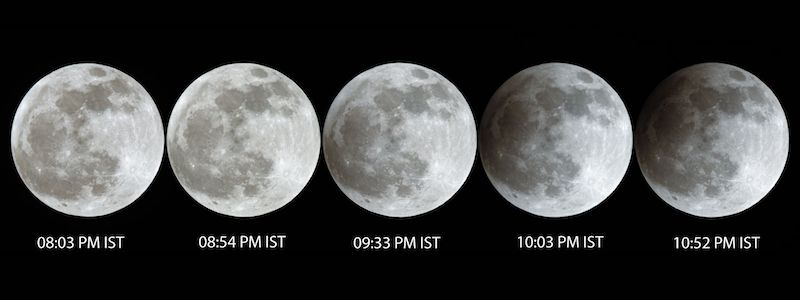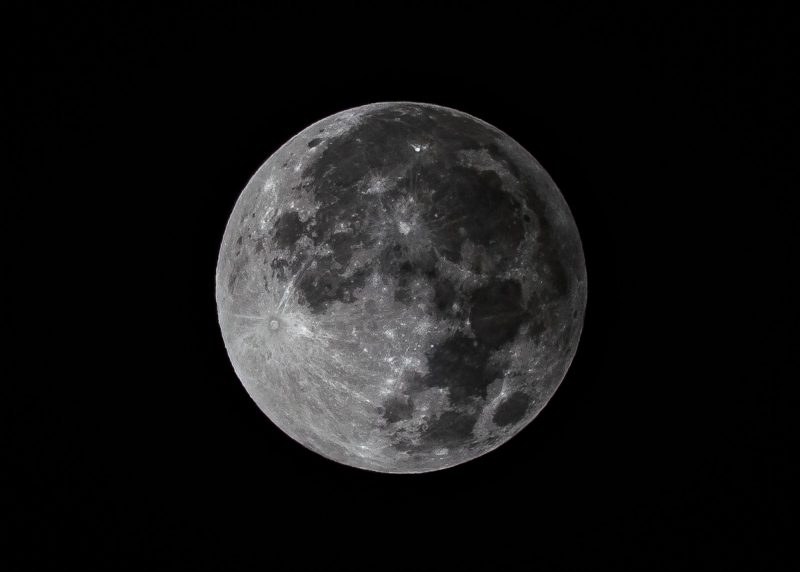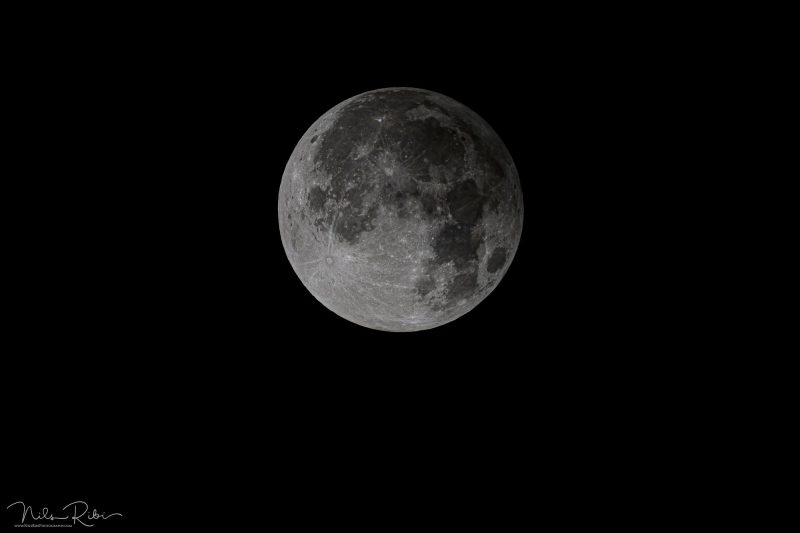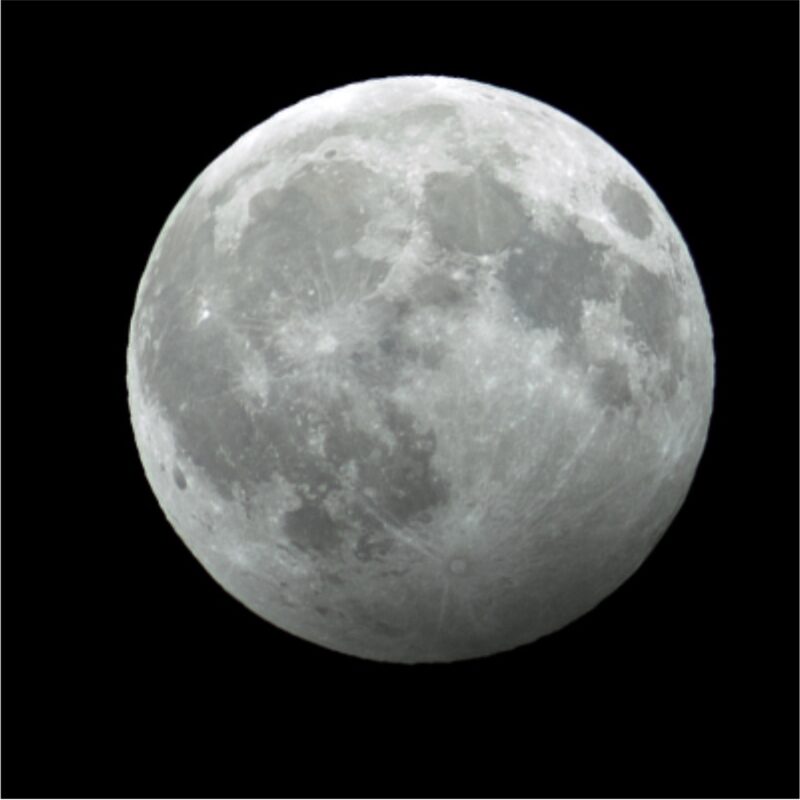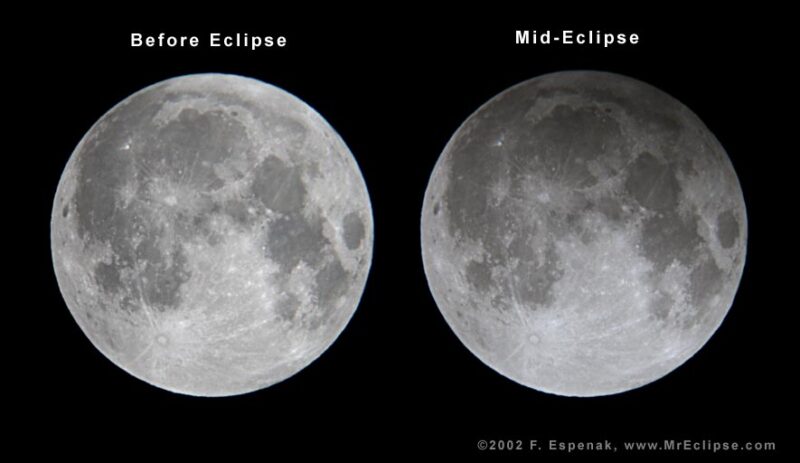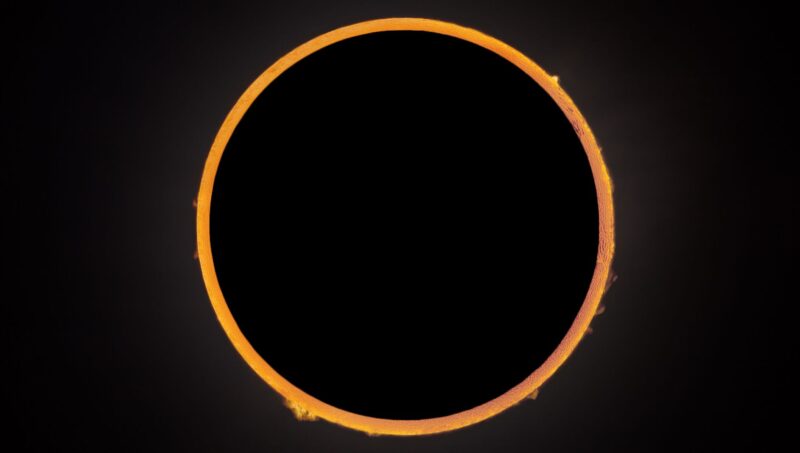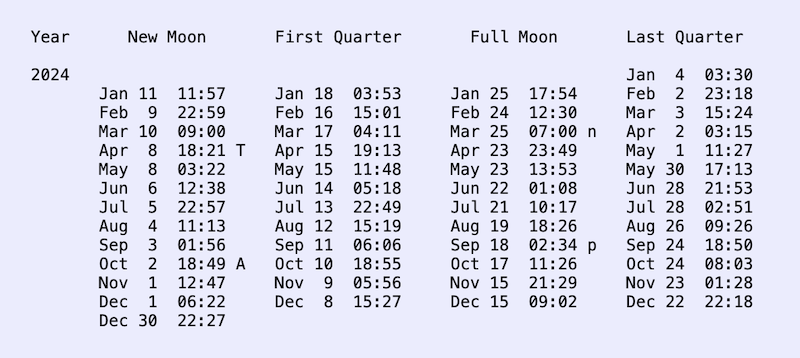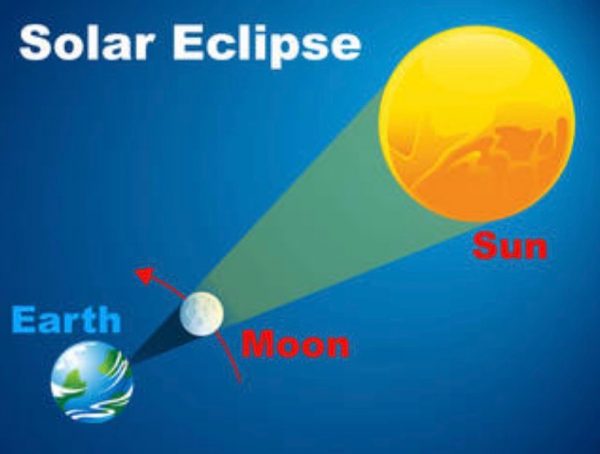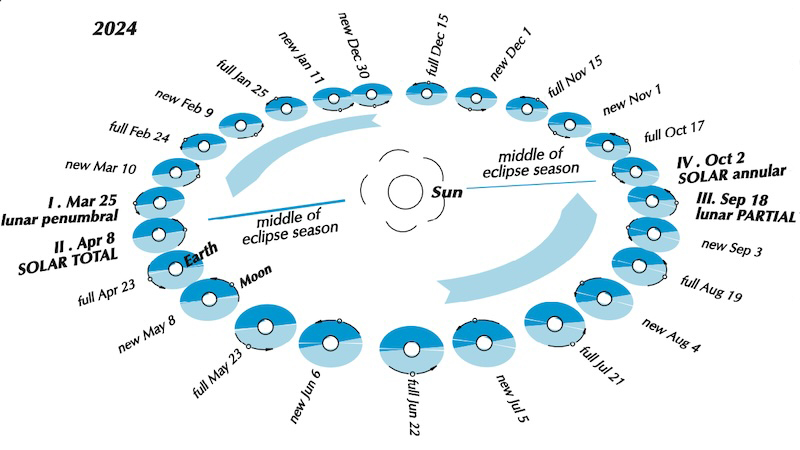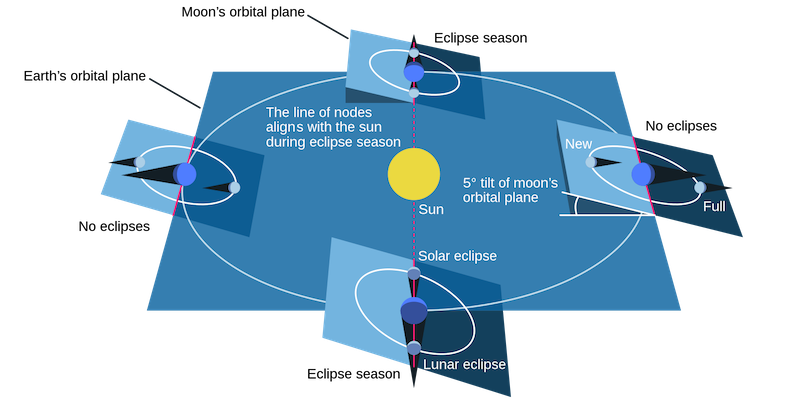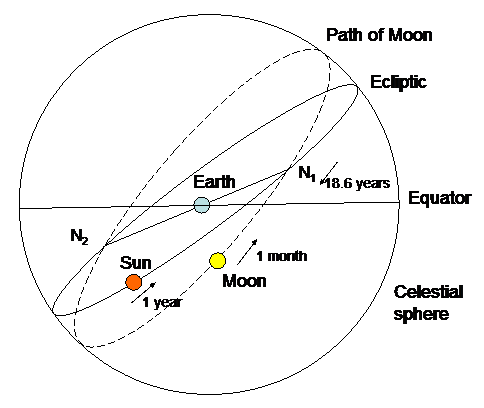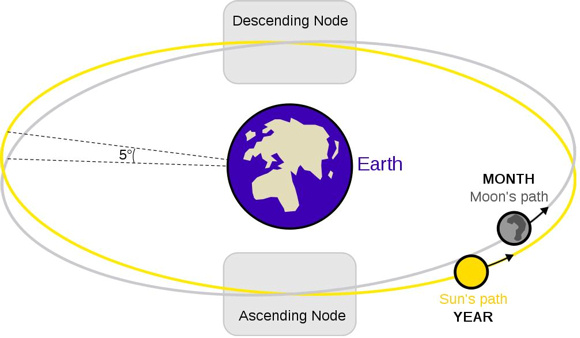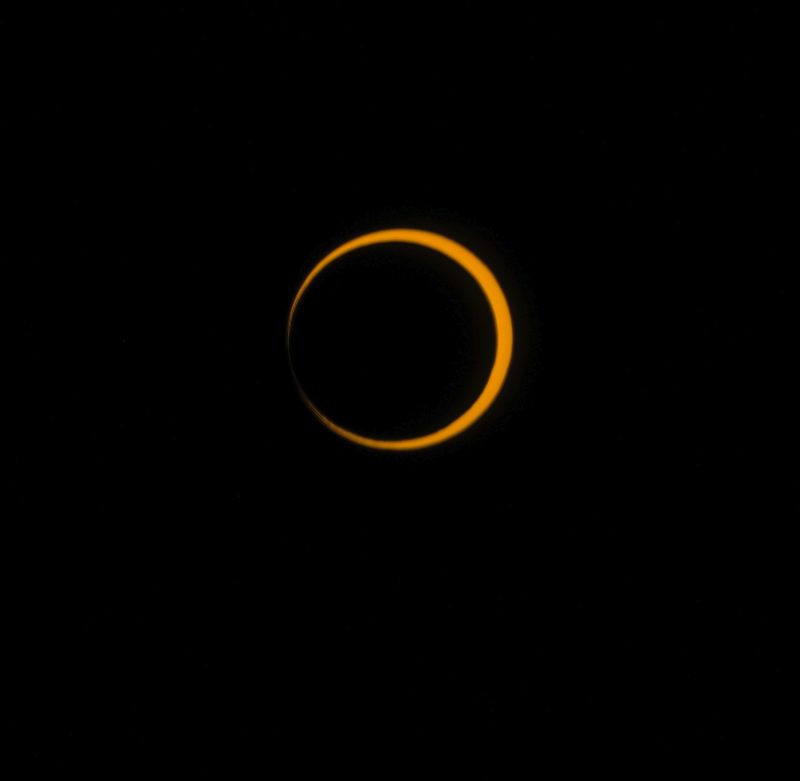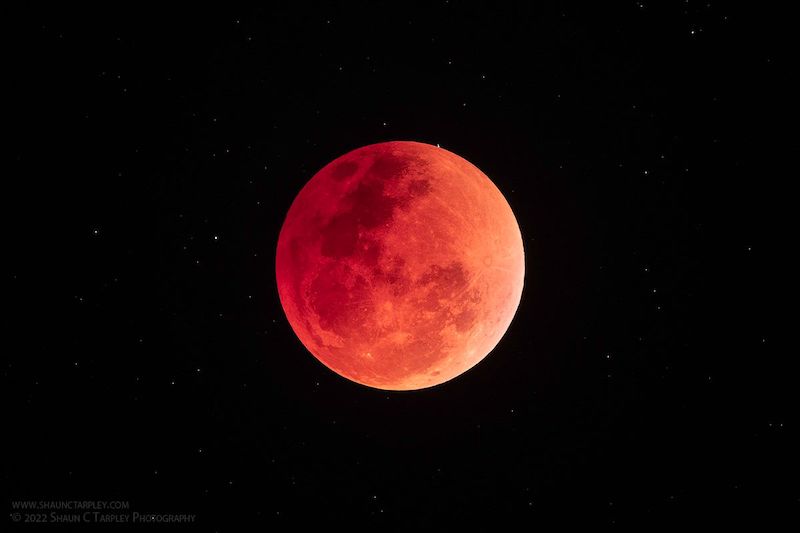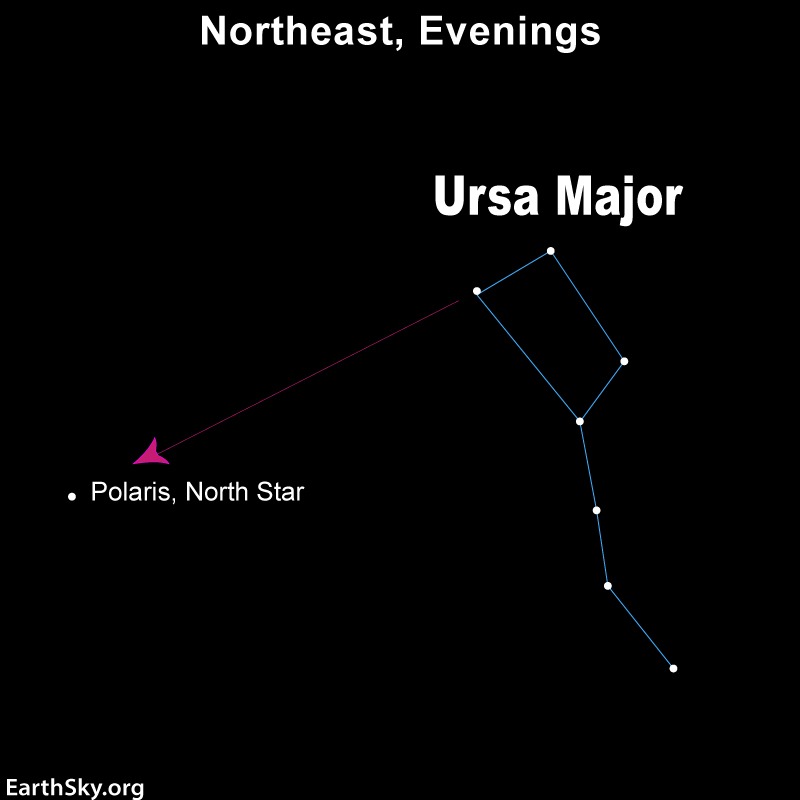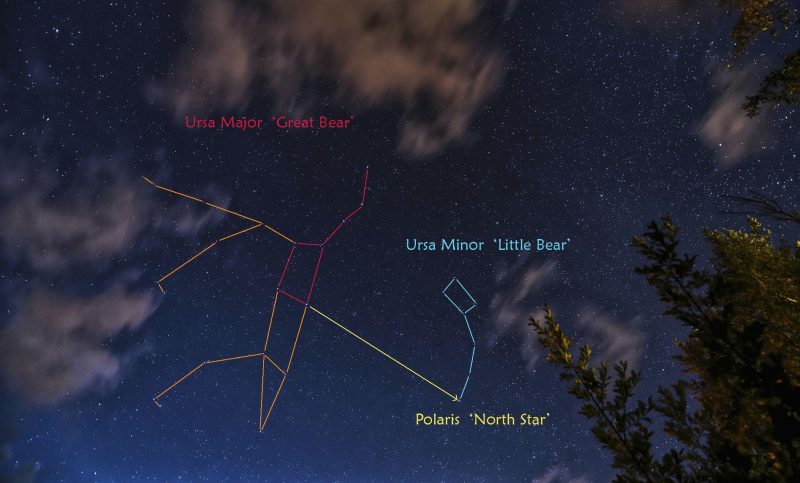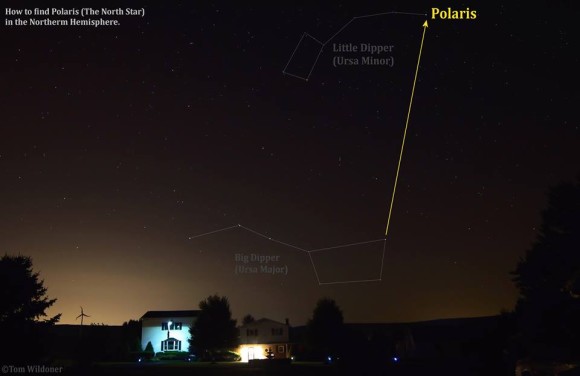Last night, we received a response from #SLIM, confirming that the spacecraft made it through the lunar night for the second time! Since the sun was still high and the equipment was still hot, we only took some shots of the usual scenery with the navigation camera. #GoodAfterMoon pic.twitter.com/5BjIr7vxMG
— ????????SLIM (@SLIM_JAXA) March 28, 2024
- Japanese moon lander SLIM set down on the moon’s surface on January 20. The landing was less than ideal (SLIM is upside-down on the lunar surface), but it was alive and communicating. Japan thus became the 5th earthly nation to reach the moon.
- SLIM wasn’t designed to withstand the freezing cold of lunar night. But, as the moon rotated, carrying the craft into night for two weeks, then back to day again, SLIM did withstand its first lunar night, JAXA said on February 26.
- Now SLIM has emerged again, from its 2nd lunar night, JAXA said on March 27.
Join us keeping these daily updates on the night sky going. Donate now! We need you.
Japanese moon lander wakes up … again
Japan Aerospace Exploration Agency (JAXA) said in a tweet on March 27, 2024, that its lunar lander SLIM has survived a second two-week-long lunar night. Night on the moon is harsh, with temperatures falling to -202 degrees F (-130 degrees C). And SLIM is not in an ideal position on the moon. Its landing on January appeared flawed from the first, and it was realized some days after landing that the craft had ended up upside-down on the moon’s surface. But, SLIM did survive its first lunar night as announced by JAXA on February 26, 2024. And now it has survived a second.
That earlier conversation with SLIM was quick, as harsh sunlight drove the probe to another thermal extreme (in full daylight, the temps on the lunar surface can reach a scorching 260 degrees F, or 127 C). We haven’t seen any information about the exact level of communicaiton during this second wake-up period.
On February 26, JAXA officials had written in English:
Last night, I sent a command and got a response from SLIM. SLIM successfully survived the night on the lunar surface while maintaining communication capabilities! Last night, as it was still midday on the moon, the temperature of the communication equipment was extremely high, so communication was terminated after only a short period of time. From now on, preparations will be made so that observations can be resumed once the temperature has cooled sufficiently.
2024 lunar calendars on sale now. Makes a great gift! Check it out here.
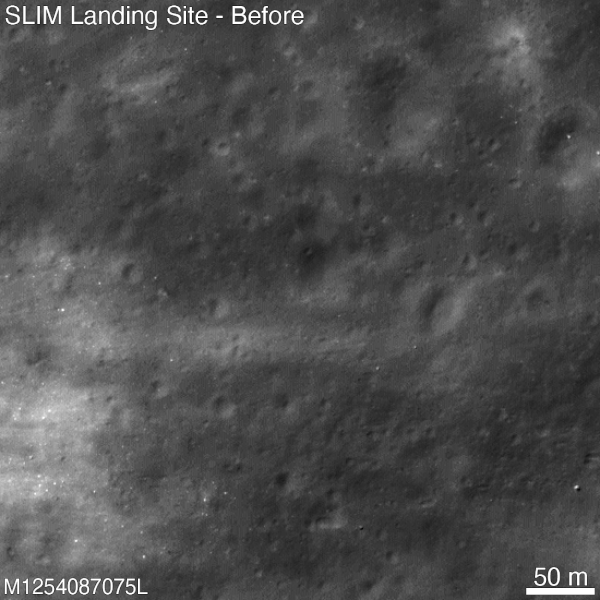
Why upside-down?
SpaceNews.com described how the lander came to rest wrong way up:
Shinichiro Sakai, SLIM project manager, reiterated that the landing was hampered by the failure of one of two engines with around 50 meters of descent remaining. This resulted in uncontrolled lateral movement and the lander ending up on its nose, and the main engine pointing upward.
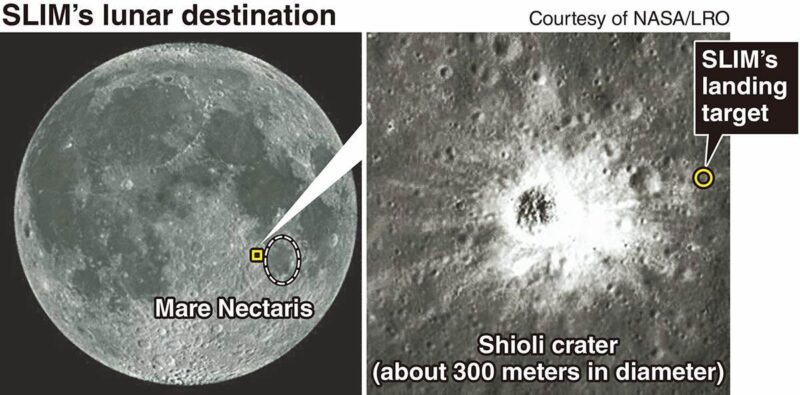
Japanese moon lander made soft landing on the moon
JAXA’s Smart Lander for Investigating the Moon – aka SLIM – has been on the lunar surface since its awkward landing on January 20. Japan thus became the 5th earthly nation to reach the moon. So, Japan achieved its main objective, landing softly on the lunar surface. But all was not well with the uncrewed craft.
Because the craft did not land in the orientation planned for, its solar panels were not facing the right way. But as the moon moves in its orbit, the solar panels were able to get some energy and carry out some science before the two-week lunar night approached.
Images from the moon
Despite the lander being upside down, it has still been able to take and send back images of the lunar surface. The caption on the post below says:
Believing in Koshiya’s success, the MBC (Multi-Band Camera) team created a new command to image the area inside the red frame, which was not visible last time!
I’m excited about the possibilities for further observations!
?????????MBC??????????????????????????????????
?????????????????????#SLIM #JAXA
???? #?????? pic.twitter.com/1EQbUXstZT— ????????SLIM (@SLIM_JAXA) February 26, 2024
JAXA provided a composite video of SLIM’s view of the lunar surface as it descended.
This is an animation made by connecting the images taken by the navigation camera during the Far Moon Descent Maneuver (ADM)!
??????????ADM???????????????????????????????????????#SLIM #JAXA #?????? pic.twitter.com/hojPWUVBpH
— ????????SLIM (@SLIM_JAXA) January 15, 2024
SLIM’s mission objectives were simple but not easy
SLIM had basically two tasks to accomplish at the moon, and the first one was just making it to the lunar surface. But not just anywhere on the moon. SLIM’s navigation systems were designed to put the craft within 100 meters (330 feet) of its intended target in Mare Nectaris, the Sea of Nectar. Specifically, it landed near the small impact crater Shioli.
Previous landers were considered on target if they touched down within a few kilometers of their landing zone. JAXA’s SLIM aimed to bull’s-eye the moon using “vision-based navigation” and “navigation, guidance and control.” JAXA designed a three-step process:
1. Initiate the landing descent from lunar orbit and perform precise vision-based navigation to accurately estimate its own position. Utilizing navigation, guidance and control, it will approach the target location above the lunar surface.
2. From above the target location, precise measurements of altitude and terrain-relative velocity will be conducted using the landing radar, which will be integrated into the navigation and guidance system.
3. During the final approach, autonomous image-based obstacle detection and avoidance will be employed to ensure a safe landing, avoiding hazardous rocks and other obstacles.
The second objective was more of a proof-of-concept for SLIM’s small, lightweight design. It’s a compact vehicle, only about 6.5 feet (2 meters) tall and 5 feet (1.5 meters) wide, and weighing just 250 pounds (120 kg). The design is intended to allow more frequent landings on the moon and other planets. So far, the high-performance chemical propulsion system has worked perfectly, nudging SLIM along its way on this shakedown cruise.

JAXA lander planned to tip over
SLIM has a unique approach to landing. It was planned to tip itself onto its side in what JAXA calls a two-step landing. The craft hovered toward the lunar surface, tipping itself to about a 45-degree angle before its main leg touched down. The craft then pitched forward onto its “front” leg, located at what was moments earlier the top of the craft.
But this maneuver did not go exactly as planned.
Bottom line: The Japanese moon lander SLIM – which set down sideways onthe moon on January 20 – has survived its 2nd night of freezing cold and dark on the moon. It has awoken and is transmitting data, JAXA said on March 27.
Read more: HAKUTO-R – 1st private moon lander – loses contact
Read more: Failed lunar lander hit Earth’s atmosphere on Thursday
The post Japanese moon lander SLIM survives 2nd lunar night first appeared on EarthSky.
from EarthSky https://ift.tt/Py52sw0
Last night, we received a response from #SLIM, confirming that the spacecraft made it through the lunar night for the second time! Since the sun was still high and the equipment was still hot, we only took some shots of the usual scenery with the navigation camera. #GoodAfterMoon pic.twitter.com/5BjIr7vxMG
— ????????SLIM (@SLIM_JAXA) March 28, 2024
- Japanese moon lander SLIM set down on the moon’s surface on January 20. The landing was less than ideal (SLIM is upside-down on the lunar surface), but it was alive and communicating. Japan thus became the 5th earthly nation to reach the moon.
- SLIM wasn’t designed to withstand the freezing cold of lunar night. But, as the moon rotated, carrying the craft into night for two weeks, then back to day again, SLIM did withstand its first lunar night, JAXA said on February 26.
- Now SLIM has emerged again, from its 2nd lunar night, JAXA said on March 27.
Join us keeping these daily updates on the night sky going. Donate now! We need you.
Japanese moon lander wakes up … again
Japan Aerospace Exploration Agency (JAXA) said in a tweet on March 27, 2024, that its lunar lander SLIM has survived a second two-week-long lunar night. Night on the moon is harsh, with temperatures falling to -202 degrees F (-130 degrees C). And SLIM is not in an ideal position on the moon. Its landing on January appeared flawed from the first, and it was realized some days after landing that the craft had ended up upside-down on the moon’s surface. But, SLIM did survive its first lunar night as announced by JAXA on February 26, 2024. And now it has survived a second.
That earlier conversation with SLIM was quick, as harsh sunlight drove the probe to another thermal extreme (in full daylight, the temps on the lunar surface can reach a scorching 260 degrees F, or 127 C). We haven’t seen any information about the exact level of communicaiton during this second wake-up period.
On February 26, JAXA officials had written in English:
Last night, I sent a command and got a response from SLIM. SLIM successfully survived the night on the lunar surface while maintaining communication capabilities! Last night, as it was still midday on the moon, the temperature of the communication equipment was extremely high, so communication was terminated after only a short period of time. From now on, preparations will be made so that observations can be resumed once the temperature has cooled sufficiently.
2024 lunar calendars on sale now. Makes a great gift! Check it out here.

Why upside-down?
SpaceNews.com described how the lander came to rest wrong way up:
Shinichiro Sakai, SLIM project manager, reiterated that the landing was hampered by the failure of one of two engines with around 50 meters of descent remaining. This resulted in uncontrolled lateral movement and the lander ending up on its nose, and the main engine pointing upward.

Japanese moon lander made soft landing on the moon
JAXA’s Smart Lander for Investigating the Moon – aka SLIM – has been on the lunar surface since its awkward landing on January 20. Japan thus became the 5th earthly nation to reach the moon. So, Japan achieved its main objective, landing softly on the lunar surface. But all was not well with the uncrewed craft.
Because the craft did not land in the orientation planned for, its solar panels were not facing the right way. But as the moon moves in its orbit, the solar panels were able to get some energy and carry out some science before the two-week lunar night approached.
Images from the moon
Despite the lander being upside down, it has still been able to take and send back images of the lunar surface. The caption on the post below says:
Believing in Koshiya’s success, the MBC (Multi-Band Camera) team created a new command to image the area inside the red frame, which was not visible last time!
I’m excited about the possibilities for further observations!
?????????MBC??????????????????????????????????
?????????????????????#SLIM #JAXA
???? #?????? pic.twitter.com/1EQbUXstZT— ????????SLIM (@SLIM_JAXA) February 26, 2024
JAXA provided a composite video of SLIM’s view of the lunar surface as it descended.
This is an animation made by connecting the images taken by the navigation camera during the Far Moon Descent Maneuver (ADM)!
??????????ADM???????????????????????????????????????#SLIM #JAXA #?????? pic.twitter.com/hojPWUVBpH
— ????????SLIM (@SLIM_JAXA) January 15, 2024
SLIM’s mission objectives were simple but not easy
SLIM had basically two tasks to accomplish at the moon, and the first one was just making it to the lunar surface. But not just anywhere on the moon. SLIM’s navigation systems were designed to put the craft within 100 meters (330 feet) of its intended target in Mare Nectaris, the Sea of Nectar. Specifically, it landed near the small impact crater Shioli.
Previous landers were considered on target if they touched down within a few kilometers of their landing zone. JAXA’s SLIM aimed to bull’s-eye the moon using “vision-based navigation” and “navigation, guidance and control.” JAXA designed a three-step process:
1. Initiate the landing descent from lunar orbit and perform precise vision-based navigation to accurately estimate its own position. Utilizing navigation, guidance and control, it will approach the target location above the lunar surface.
2. From above the target location, precise measurements of altitude and terrain-relative velocity will be conducted using the landing radar, which will be integrated into the navigation and guidance system.
3. During the final approach, autonomous image-based obstacle detection and avoidance will be employed to ensure a safe landing, avoiding hazardous rocks and other obstacles.
The second objective was more of a proof-of-concept for SLIM’s small, lightweight design. It’s a compact vehicle, only about 6.5 feet (2 meters) tall and 5 feet (1.5 meters) wide, and weighing just 250 pounds (120 kg). The design is intended to allow more frequent landings on the moon and other planets. So far, the high-performance chemical propulsion system has worked perfectly, nudging SLIM along its way on this shakedown cruise.

JAXA lander planned to tip over
SLIM has a unique approach to landing. It was planned to tip itself onto its side in what JAXA calls a two-step landing. The craft hovered toward the lunar surface, tipping itself to about a 45-degree angle before its main leg touched down. The craft then pitched forward onto its “front” leg, located at what was moments earlier the top of the craft.
But this maneuver did not go exactly as planned.
Bottom line: The Japanese moon lander SLIM – which set down sideways onthe moon on January 20 – has survived its 2nd night of freezing cold and dark on the moon. It has awoken and is transmitting data, JAXA said on March 27.
Read more: HAKUTO-R – 1st private moon lander – loses contact
Read more: Failed lunar lander hit Earth’s atmosphere on Thursday
The post Japanese moon lander SLIM survives 2nd lunar night first appeared on EarthSky.
from EarthSky https://ift.tt/Py52sw0

